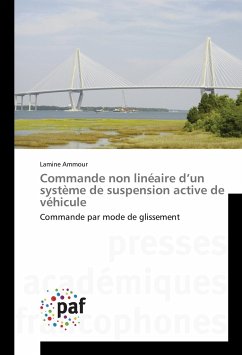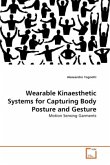Vehicle suspension systems have been extensively explored in the past decades, contributing to ride comfort, handling and safety improvements. The new generation of powertrain and propulsion systems, as a new trend in modern vehicles, poses significant challenges to suspension system design. Consequently, novel suspension concepts are required, not only to improve the vehicle s dynamic performance, but also to enhance the fuel economy by utilizing regeneration functions. However, the development of new-generation suspension systems necessitates advanced suspension components, such as springs and dampers. The ultimate goal of this manuscript is to conduct feasibility study of the development of electromagnetic dampers for automotive suspension system applications. Hybrid electromagnetic dampers , which are proposed in this book, utilizes the high performance of an active electromagnetic damper with the reliability of passive dampers in a single package, offering a fail-safe damperwhile decreasing weight and cost.







